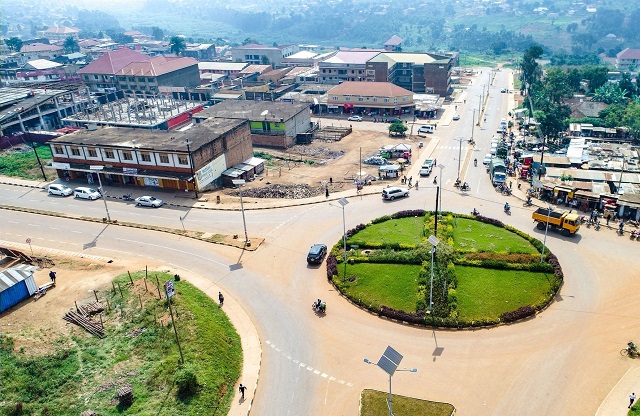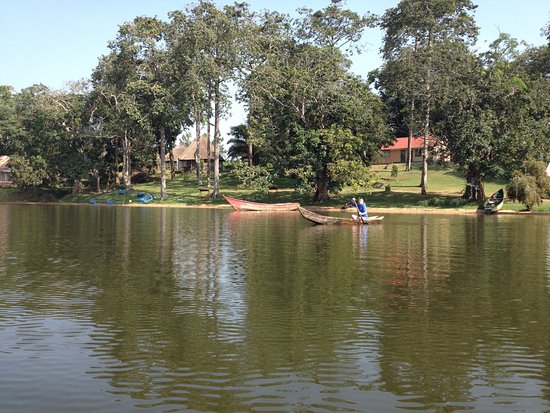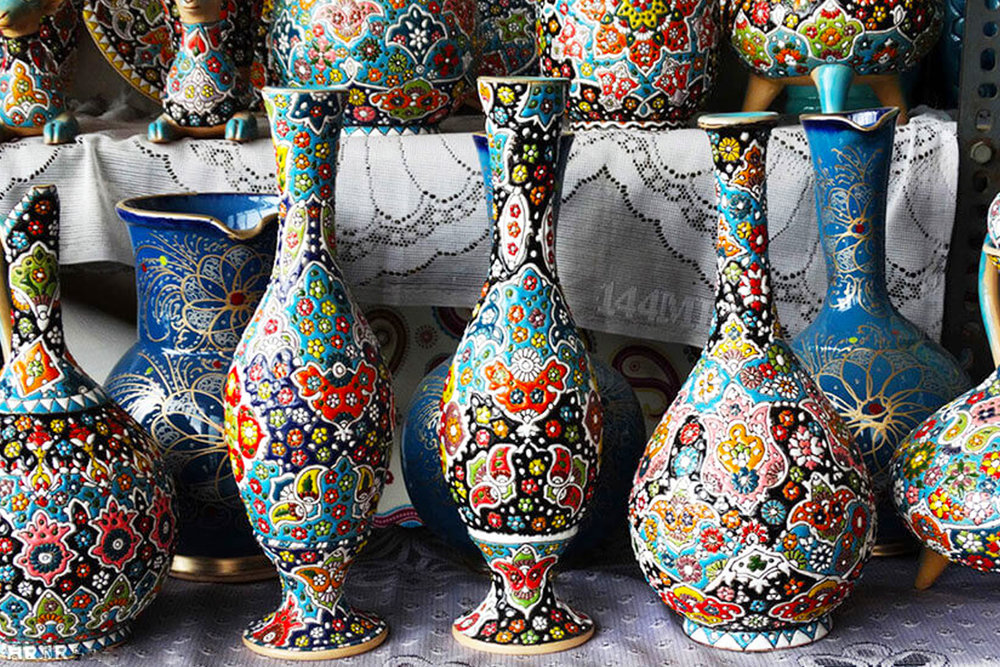Attractions in Masaka District : Uganda is land locked country that is made up of districts, Kampala being its major district and capital city. But this means not that there are other well recognized districts in the country and the other majorly recognized district is masaka district. masaka is one of the most talked about district in the whole of Uganda because of its lovely history and fascinating stories.

Masaka District was established in the 1900s, composed of the Buganda Kingdom’s former counties of Buddu, Kooki, Kabula, Mawogola, and Ssese Islands. Kooki and Kabula were peeled off to form Rakai District. Later, the northern part of Rakai District was removed to form Lyantonde District. The Ssese Islands were removed to form Kalangala District. In 1997, Mawogola County was split from Buddu and was named Sembabule District. Buddu remained as Masaka District. In 2010, Buddu itself was split into four districts, namely Masaka District, Bukomansimbi District, Kalungu District, and Lwengo District.
Administratively, the district council is the highest political authority. The council has 43 members headed by a district chairperson; therefore masaka would be your other number one Uganda safari destination in your entire safari,
Major attractions in masaka district
masaka has got fascinating attractions within it and what will take your sight on you first entry will the lovely vegetation’s surrounding the area and the rest will follow as u get a lovely nature walk in the district and some of them are these below.
Lake Nabugabo Holiday and Conference Centre
The Centre is situated at the shores of Lake Nabugabo in Masaka district, about 21 kilometers from Masaka town. The estate was originally sponsored by missionaries and later handed over to the Church of Uganda for use as a holiday resort and conference Centre. There are a number of activities carried out and these include; canoeing, Sport Fishing and recreation on the sand beaches, Bird watching, swimming and camping. Besides camping they also have holiday resort accommodation facilities.

The resort has enormous potential for development of modern water sports.
Sand Beach Nabugabo
This is positioned about 23 kilometers from Masaka town, at the shores of Lake Nabugabo. It is popular for annual canoeing competitions. It is also popular for motor rallying events, fishing, and camping, beautiful bandas/cottages. Other activities include recreational activities like beach volleyball and beach football. It is an excellent place for family outings. Bird watching is one of the activities that were recently launched and this is done either around the lake area on the side of the beach. One can also take a canoe to an Island in the lake or on the other side of the lake across the beach.
The Sand Beach, like Lake Nabugabo Resort, also offers chance for development of water sports on Lake Nabugabo.
Agro-Tourism
This activity has significant potential in the District, as a tourist attraction. Its market ranges from domestic to international tourism. The products include experiences regarding improved banana growing methods, cattle zero-grazing and other forms of sustainable agriculture.
Community Tourism
Community tourism opportunities available in Masaka District include community trail walks, market visits and short-stays with communities. The gentle hilly terrain coupled with green cover offer good opportunity for nature walk.
Cultural Performances
The district is home to rich Ganda cultural performances. Already, many organized groups commercially conduct performances. Cultural performances, including storytelling, may be developed to enhance the menu of the over-night tourist package.
Bukakata Landing Site
This area is the tourist gateway to the tourist hub of Kalangala and areas of Lake Victoria. Development of tourist related service infrastructure such as crafts shops and lodges would enhance tourism activity within Masaka District.
Crafts and Souvenirs Industry
There were no dedicated crafts/souvenirs shops found in Masaka district during the Survey.
However, Masaka district is endowed with a number of wetlands whose materials can be utilized for production of crafts for domestic market and export. Some tree plants, commonly grown in the district, such as the banana and back-cloth trees, provide raw materials that can be used by the crafts industry.
Training is required in simple crafts that are convenient to carry as souvenirs to build capacity for the Crafts and Souvenirs Industry.
Meetings with the district officials indicated plans to provide for a crafts and souvenirs shopping Centre at the Kampala – Masaka – Mbarara junction.

Hotel and Catering Industry
The sector had 55 accommodation establishments with a total capacity of 953 beds. The sector employed 267 people.
The main accommodation establishments in the district were: Hotel Lanova, Lastone Hotel, Nabugabo Holiday/Conference Resort and Nabugabo Sand Beach.
All these and lots more are all for you to sight on your Uganda safari to masaka district.
Accommodation facilities in masaka district
masaka district has got both budget and luxurious lodging facilities for you to choose from which one you would prefer to rest in and all these facilities have tight security to keep you protected all throughout the trip, Attractions in Masaka District
How to access masaka district
The quickest way to get from Kampala to Masaka is to drive and takes 1h 43m. There a direct buses between Kampala and Masaka, departing from Kampala and arriving at Masaka. But still one can choose to go through a well trusted Uganda safari in order to avoid all the stress on the road.
Climate of masaka district
The Climate of Masaka District is tropical in nature, being modified by relief and nearness to Lake Victoria. The rainfall pattern is bimodal having two seasons with dry spells between July and August, and January to March. The months of March, April and May receive very heavy and well-distributed rains of up to 1,200mm. The second season occurs in the months of September to December. With the exception of a few years of declining trend in precipitation, the annual average rainfall received is between 1100mm – 1200mm with 100 – 110 rainy days. The average maximum temperature does not exceed 300 C and the minimum not below 100 C with almost equal length of day and night throughout the year. The humidity level is generally low throughout the district with the exception of lakeshore areas where it tends to rise. Hence your packing choice should consist of some heavy clothes in this month of September.


